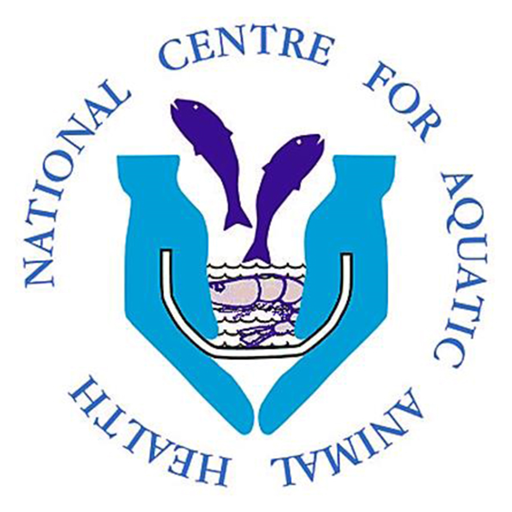Genesis of National Centre for Aquatic Animal Health (NCAAH)


Outcome of the research undertaken at the Environmental Microbiology Laboratory, School of Environmental Studies during the period 1991-2000 led to the realization that to demonstrate and transfer the technology developed to the farming community for sustainable aquaculture, a ‘special purpose vehicle’ would be necessary. This led to the conceptualization and establishment of Centre for Fish Disease Diagnosis and Management (CFDDM) in January, 2000based on a proposal submitted by Dr. I.S.Bright Singh, Reader in Microbiology at the wake of widespread occurrence of white spot virus disease in shrimp, heavy crop loss and the shattered life of farmers. On 2005 the centre was rechristened as National Centre for Aquatic Animal Health.
The Centre hence forth has been pioneering the promotion of sustainable aquaculture using the latest developments in Marine Biotechnology in India with the Motto ‘Relentless effort for the Protection of Health of Aquatic Animals and their Environment’ and it continually endeavors to transfer the outputs of research directly to the end users, the aquafarmers. Today it is a full-fledged Institution having three wings such as Research, Extension and Education at functional level.The research and developmental activities of the Centre use cutting edge technology to bring in innovations for the development of sustainable aquaculture in the country. A unique feature of the Centre is its’ In-house Aquaculture Medicine Production Facility to establish preventive health care and to evolve therapeutic measures taking in to consideration the requirement of sustainability of the industry. It is well equipped to conduct field trials of the research outputs, and to ensure a consistent and continuous supply of the products. The Aquaculture Extension Cell (AEC) is the link of the farmer to technology. Apart from this, the Centre provides a platform for interaction between farmers, scientists and industry.

